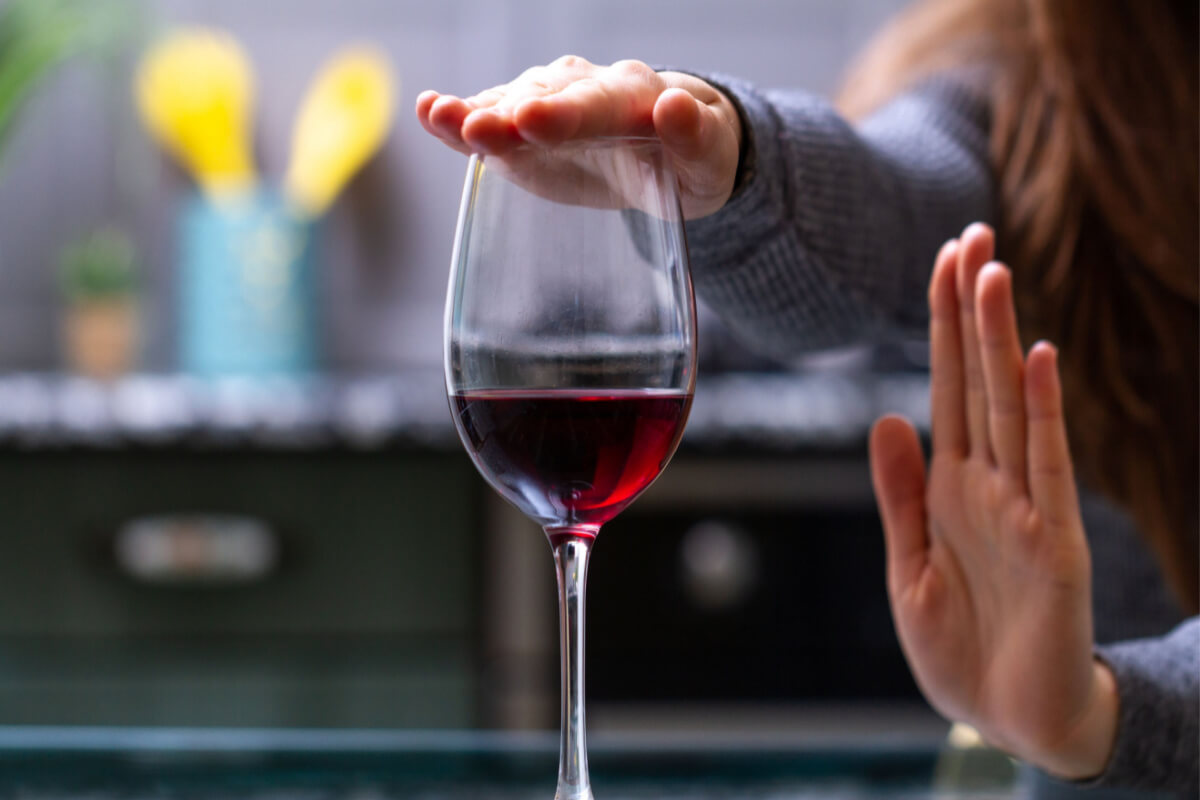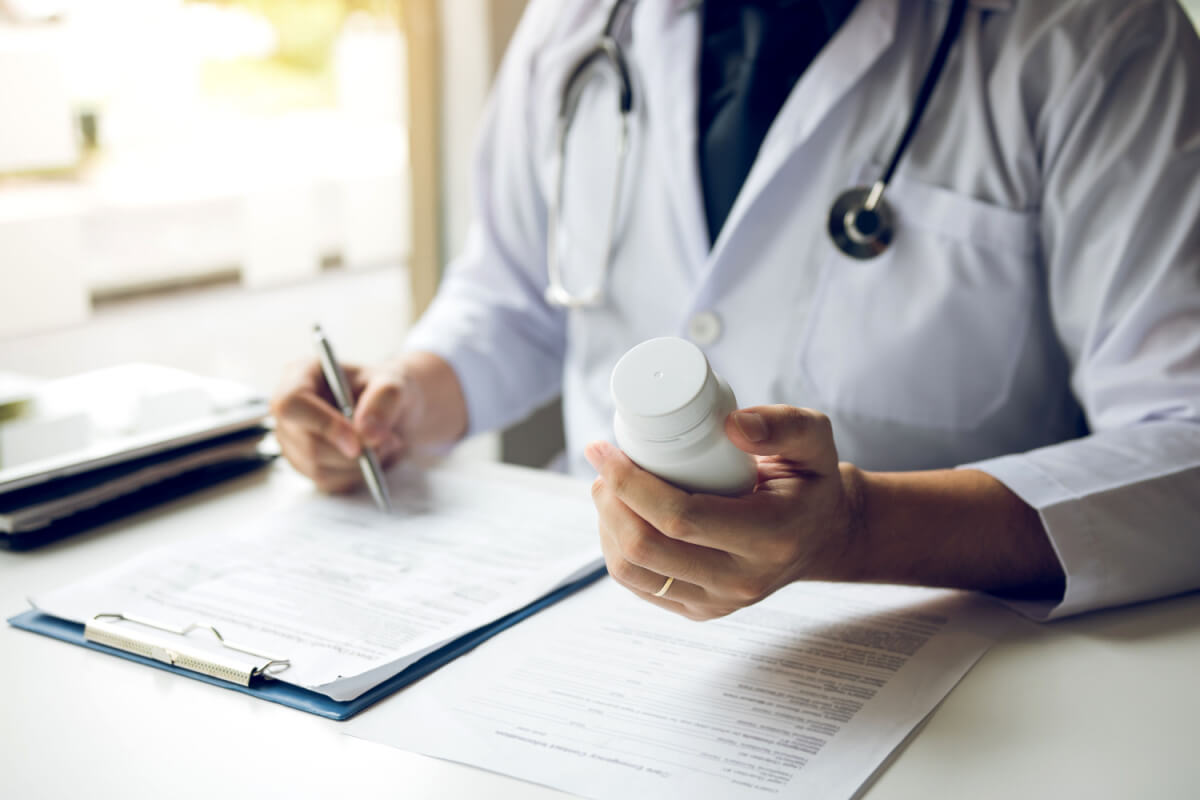
Narcotics Anonymous, NA, is spinoff of Alcoholics Anonymous (AA), which centered around alcohol use disorder. NA focuses more on drug addiction or substance use disorder (SUD) in general.
The only requirement for NA membership is a desire to stop using drugs. The goal of this peer recovery group is to reach a point of complete abstinence from all drugs and mind-altering substances. This often includes medications like those used in Medication-Assisted Treatment, or MAT, for the treatment of OUD.
MAT is proven to be effective in treating opioid use disorder, decreasing illicit opioid use, criminal activity, and opioid overdose deaths as well as increasing the odds that a person remains in treatment and improves social functioning. MAT can be an important and often necessary part of opioid use disorder recovery, and recovery group meetings should support the use of MAT in recovery.
What Is NA’s Philosophy?
Narcotics Anonymous focuses on an abstinence-based recovery. This means that members are encouraged to stop using all forms of mind-altering substances.
NA strives for a complete abstinence from drugs and alcohol to support personal growth and a strong foundation for recovery. Since the NA philosophy calls for total abstinence from drugs, this can often include those prescribed in MAT to treat opioid use disorder (OUD).
NA is a peer recovery group that runs meetings based on the 12-step program, helping members to achieve a “spiritual awakening” as people in recovery. Peer support groups can help to provide a healthy social outlet with other people who understand the struggles and conflicts unique to others with SUD.
Issues That May Arise for People on MAT in NA
Narcotics Anonymous claims to accept any members who have a desire to live a drug-free life. There is still quite a bit of misinformation out there about Medication-Assisted Treatment and using medications to treat OUD.
As such, NA often discourages MAT. It’s not uncommon for people in NA who are on MAT to receive lectures about relying on these medications. Depending on the chapter, some NA programs do not allow participation of members who are on MAT.
NA will often separate those on MAT from those in “true” recovery, claiming that someone on MAT is still “using a drug” and therefore are not yet abstinent.
People on MAT are encouraged to attend NA meetings; however, they are often not allowed to fully participate. They are expected to listen and hopefully change their minds about using these medications in recovery. But not everyone in NA agrees with this approach.
The Stigma Surrounding MAT
Medications used in MAT include methadone and buprenorphine, which are both opioid medications. These medications are prescribed to treat opioid use disorder and clinically proven to be effective in sustaining recovery and reducing negative outcomes associated with OUD.
The stigma surrounding MAT can perpetuated by faith-based, 12-step groups relying on complete abstinence. These programs sometimes assert that individuals on MAT are merely “replacing one drug for another” — that they are still getting “high” but now just doing so with prescribed medications. This is outdated information and creates a barrier to recovery.
Reducing the Stigma Around MAT
MAT is safe to use for a long period of time and should not produce a “high” like other opioid medications when used as prescribed. These medications are FDA-approved to treat opioid use disorder.
These medications have some of the following properties, which differ from other opioid drugs:
- Methadone is a long-acting opioid drug, so it can be taken less often to keep opioid cravings and withdrawal symptoms at bay.
- Buprenorphine is a partial opioid agonist that does not fully activate the opioid receptors in the brain and therefore does not produce the same “high.”
- Naltrexone is not addictive and acts to block the sedative and euphoric effects of opioid drugs.
MAT works differently in the brain than short-acting, full opioid agonists like heroin, oxycodone, or fentanyl do. These drugs are prescribed to reduce the flu-like physical side effects of opioid withdrawal as well as curb cravings and even out the emotional lows and cognitive issues that often start after opioid use is stopped.
MAT can help to sustain OUD recovery and truly help people return to their lives.
Alternative Recovery Meetings for Those Receiving Medication-Assisted Treatment
NA is intended to be open to anyone, and there are certainly NA meetings that are more open to members on MAT. However, some NA programs do not openly receive members on MAT.
To find a meeting in your area that is inclusive of patients on MAT, check out the directory here.
Alternative options to NA for those receiving MAT include the following:
- Medication-Assisted Recovery Anonymous (MARA): This is an alternative to traditional recovery groups, aimed at people receiving evidence-based treatment in recovery that includes prescription medications for alcohol and/or drug use disorders.
- SMART Recovery (Smart Management and Recovery Training): This is a mutual support group open to members who are looking for self-empowered and science-based addiction recovery support.

By Elena Hill, MD, MPH
Elena Hill, MD; MPH received her MD and Masters of Public Health degrees at Tufts Medical School and completed her family medicine residency at Boston Medical Center. She is currently an attending physician at Bronxcare Health Systems in the Bronx, NY where ... Read More
- Effective Treatments for Opioid Addiction. National Institute on Drug Abuse (NIDA). https://nida.nih.gov/publications/effective-treatments-opioid-addiction. November 2016. Accessed March 2022.
- Facts About Narcotics Anonymous. Narcotics Anonymous in New Jersey (NA in NJ). https://www.nanj.org/pi/facts.shtml. Accessed March 2022.
- By Shunning Medication-Assisted Therapy, 12-Step Meetings are Making the Opioid Crisis Worse. Stat. https://www.statnews.com/2017/10/04/medication-assisted-therapy-12-step/. October 2017. Accessed March 2022.
- Medication-Assisted Treatment (MAT). Substance Abuse and Mental Health Services Administration (SAMHSA). https://www.samhsa.gov/medication-assisted-treatment. January 2022. Accessed March 2022.
- Information About Medication-Assisted Treatment (MAT). U.S. Food and Drug Administration (FDA). https://www.fda.gov/drugs/information-drug-class/information-about-medication-assisted-treatment-mat. February 2019. Accessed March 2022.
- Find a Meeting. Narcotics Anonymous (NA) World Services, Inc. https://www.na.org/meetingsearch/. 2012. Accessed March 2022.
- Medication-Assisted Recovery Anonymous (MARA). MARA International LLC. https://www.mara-international.org/. 2019. Accessed March 2022.
- There’s Life Beyond Addiction. SMART Recovery. https://www.smartrecovery.org/. 2022. Accessed March 2022.
Download Our Free Program Guide
Learn about our program, its effectiveness and what to expect
Related articles
Imagine what’s possible on the other side of opioid use disorder.
Our science-backed approach boasts 95% of patients reporting no withdrawal symptoms at 7 days. We can help you achieve easier days and a happier future.









